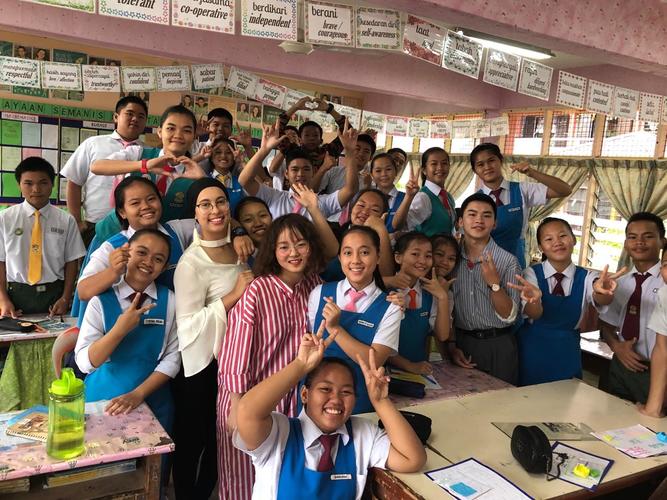In a world that demands transformation and excellence for the next generations, there are multiple stakeholders that contribute to success. One of these cornerstones is education, a fundamental human right and a key driver of sustainable development. But are we truly advocating for equality in education, or are there still millions of children left behind?
Access: Who Gets Left Behind?
A stark reality is that children from low-income families, marginalized groups, and rural areas are often the ones left behind in the pursuit of quality education. They face barriers that hinder their access to schooling, or they attend schools with limited resources.
Consider this – while some children have the privilege of well-equipped classrooms, libraries, and experienced teachers, others may lack even the most basic educational facilities. Such disparities in access can perpetuate cycles of poverty and inequality.
Quality: Does Every Child Get a Fair Chance?
The quality of education is not uniform across the globe. Educational institutions differ in terms of infrastructure, curriculum, and teaching standards. Unfortunately, children from disadvantaged backgrounds often find themselves in schools that offer lower-quality instruction and facilities.

Outcomes: Who Bears the Consequences?
The repercussions of educational disparities extend beyond the classroom. Children from disadvantaged backgrounds are less likely to achieve academic success and complete their secondary or tertiary education. This creates a vicious cycle, as lower education levels are often associated with limited opportunities for personal growth and development.
– According to UNESCO, 244 million children and adolescents worldwide are out of school.
– The global out-of-school rate for primary education is 6%, but it rises to 10% for secondary education and 24% for tertiary education.
– Girls are more likely to be out of school than boys, especially at the secondary and tertiary levels.
– Children from poor families are more likely to be out of school than children from wealthy families.
– Children from marginalized groups, such as indigenous peoples, refugees, and people with disabilities, are also more likely to be out of school.
So, what can be done to bridge the educational divide?
It’s a question that lingers in the minds of many, and it’s a challenge we must collectively address. Fortunately, there are initiatives and opportunities that offer a ray of hope in the pursuit of educational equality.
One such initiative that piqued my interest is the possibility of joining a global classroom project and volunteering for six weeks in a remote school that I’ve never visited. The very idea of embarking on such a journey fills me with a sense of purpose and a commitment to making a difference in the lives of those who are often left behind by the educational system.

The Global Classroom Project: An Opportunity for Education
The Global Classroom Project is an innovative endeavor that transcends geographical boundaries. It connects volunteers with remote schools in need, offering a unique opportunity to bridge the educational divide. While the idea of volunteering in a place I’ve never visited might seem daunting, it’s a chance to embrace a transformative experience that can have a profound impact.
Why Volunteer for Six Weeks in a Remote School?
Volunteering for six weeks in a remote school isn’t just about teaching lessons; it’s about forging connections and breaking down barriers. Here’s why I believe this is a powerful way to contribute to educational equality:
Direct Impact: By volunteering on the ground, I can directly impact the lives of students who may not have had access to quality education. I can share knowledge, provide mentorship, and empower these young minds with the tools they need to succeed.
Cultural Exchange: This endeavor offers a unique opportunity to immerse myself in a new culture and gain a deeper understanding of the challenges and opportunities in the local community. It’s a chance to learn as much as I teach.
Inspiration and Empowerment: The act of volunteering can be incredibly inspiring. It empowers both the volunteers and the students, fostering a sense of hope and resilience. By working together, we can break the cycle of inequality.
Community Building: Education is not just about what happens within the four walls of a classroom. It’s about building communities that support learning and growth. Volunteering in a remote school can help create a supportive educational ecosystem.
Global Solidarity: Education is a global issue, and by participating in a global classroom project, I can contribute to the larger goal of achieving educational equality worldwide. It’s a powerful way to demonstrate solidarity with those who are often marginalized.
Join the Global Classroom Project and be the change our world needs. Together, let’s bridge the educational divide and advocate for true equality in education. Act now!
0
Leave a Reply